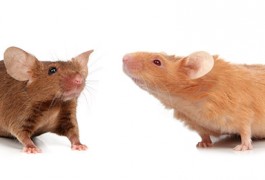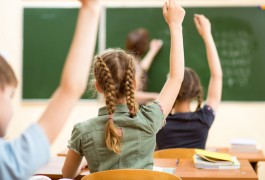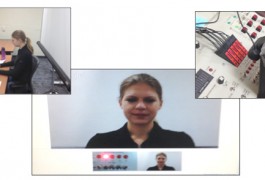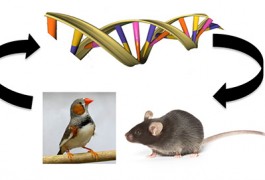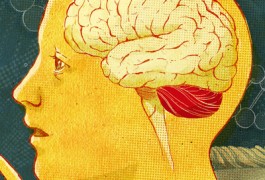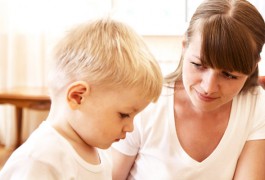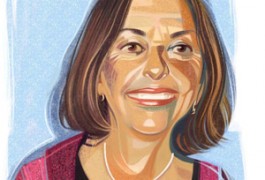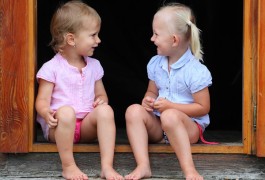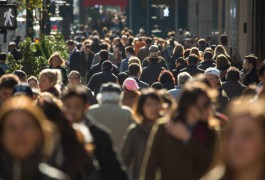Deaf mouse study hints at gap between squeaks, speech
Do mice use their high-pitched vocalizations to communicate, just as people use speech? It’s not likely, according to an unpublished study of deaf mice presented yesterday at the 2014 Society for Neuroscience annual meeting in Washington, D.C.
